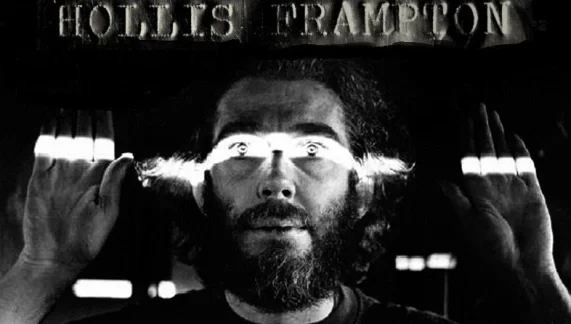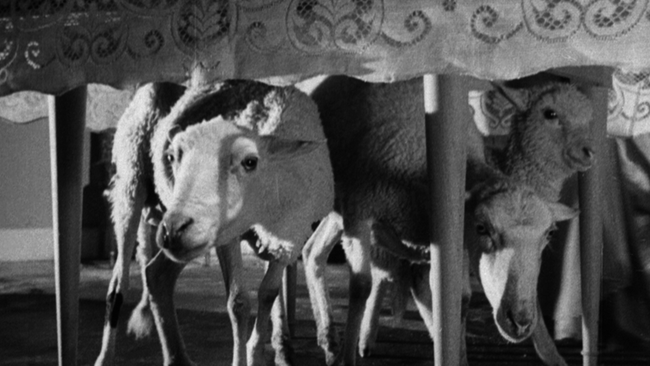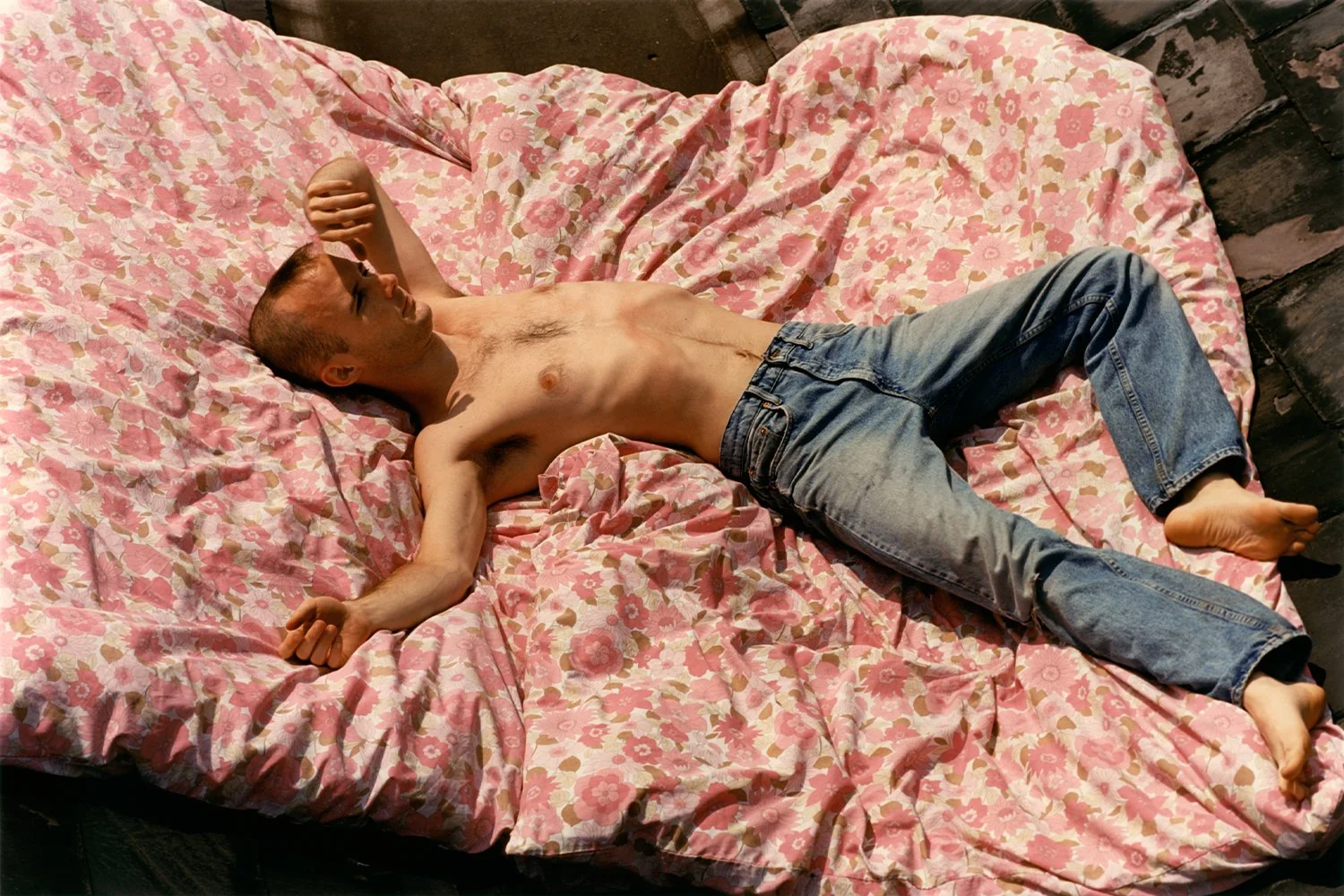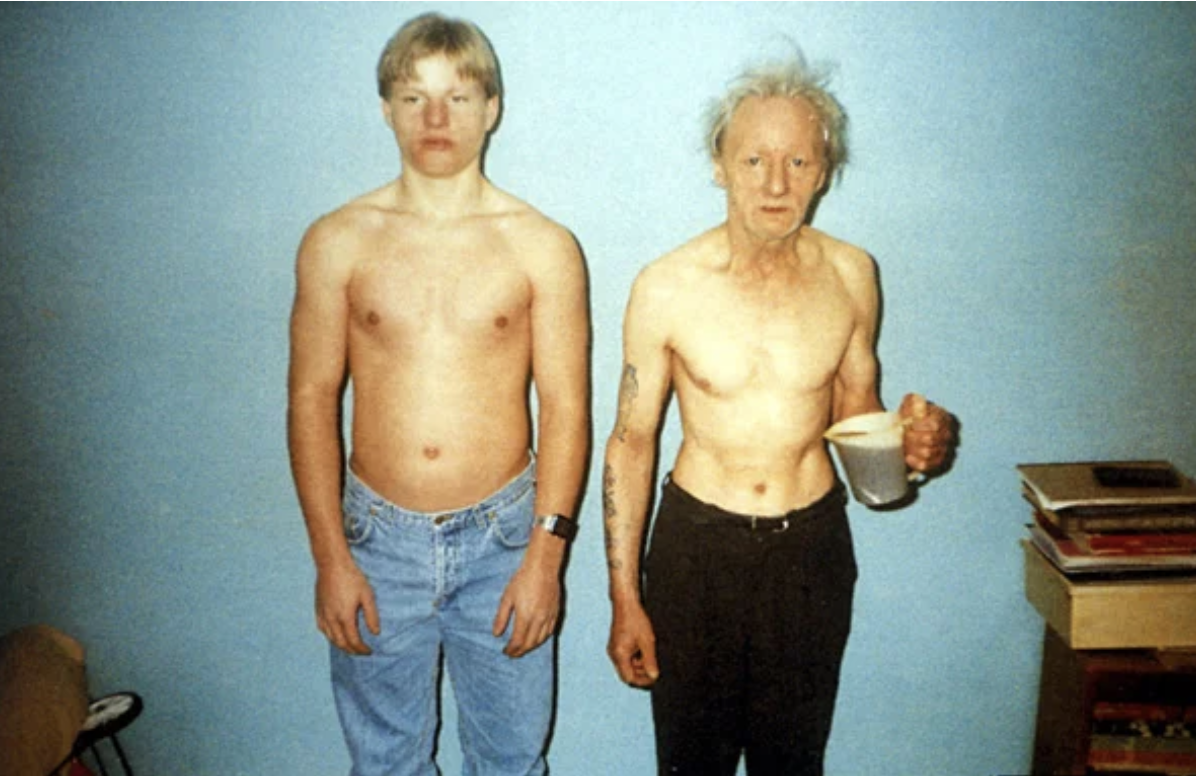I HAVE ALWAYS FOUND THAT THE PROCESS OF READING, WATCHING AND COLLECTING IS NOT SECONDARY TO THE WORK BUT A CONSTITUENT PART.

THE GENEROUS MEDIUM
Balthus, Fischl, Kern, and Mann each circle the same uneasy question: what happens when the act of looking becomes the subject itself? Moving from The Street to the East Village underground, this essay traces a lineage of images where innocence, voyeurism, and authorship blur—and where moral complexity, rather than resolution, is the real terrain of art.

ABRAMOVIĆ’S BURDEN
A reflection on the body as medium: from Chiharu Shiota’s inside-out webs of illness and memory, to Chris Burden’s outside-in inflictions of politics and violence, to Marina Abramović’s threshold between the two. Trauma, endurance, and the urge to canonize converge in this short essay.

MELANCHOLY and the infinite sadness of fashion
Fashion photography has long leaned into darkness—shadows, blur, ruin—as shorthand for mood. In Paolo Roversi, Sarah Moon, and Deborah Turbeville, this melancholy was once tethered to fashion’s ephemerality: the cycle of beauty, disappearance, and loss. Today, those gestures often return as pastiche, a language of mourning replayed until it becomes style itself.

ON READING ETEL
Etel Adnan painted as though color were language itself. Her mountains and squares carry the weight of Beirut’s violence and California’s light, collapsing poetry and abstraction into a single syntax of feeling.

OVER AGAIN: THE DEBRIS OF EXPERIENCE
In an age of endless recording and algorithmic memory, what do we really remember? From Mayer’s Memory to Marclay’s The Clock, this essay traces how artists turn the debris of experience into new poetic systems—and where even language itself reaches its limit.

A Lesson on Repetition, on Repetition
Buñuel’s dinner guests can’t leave the room, and neither can we. In The Exterminating Angel, satire mutates into hysteria, exposing how institutions trap us—whether bourgeois or spectator.

SNOW, INDIANA, GOLDIN, BUT MAKE IT TELLER
From Snow’s middle fingers to Goldin’s bruised intimacies, the snapshot once carried punk’s charge of refusal. Today, the same aesthetic is equally at home in a MoMA retrospective or a Marc Jacobs campaign. Punk survives, but as Žižek might say of Coca-Cola: it no longer quenches rebellion, it reproduces it.

The Creative act is more than the finished product
Sally Mann’s haunted intimacy and how other artists, from Christopher Anderson to Richard Billingham, turn the personal into something larger.